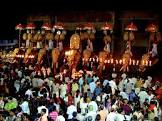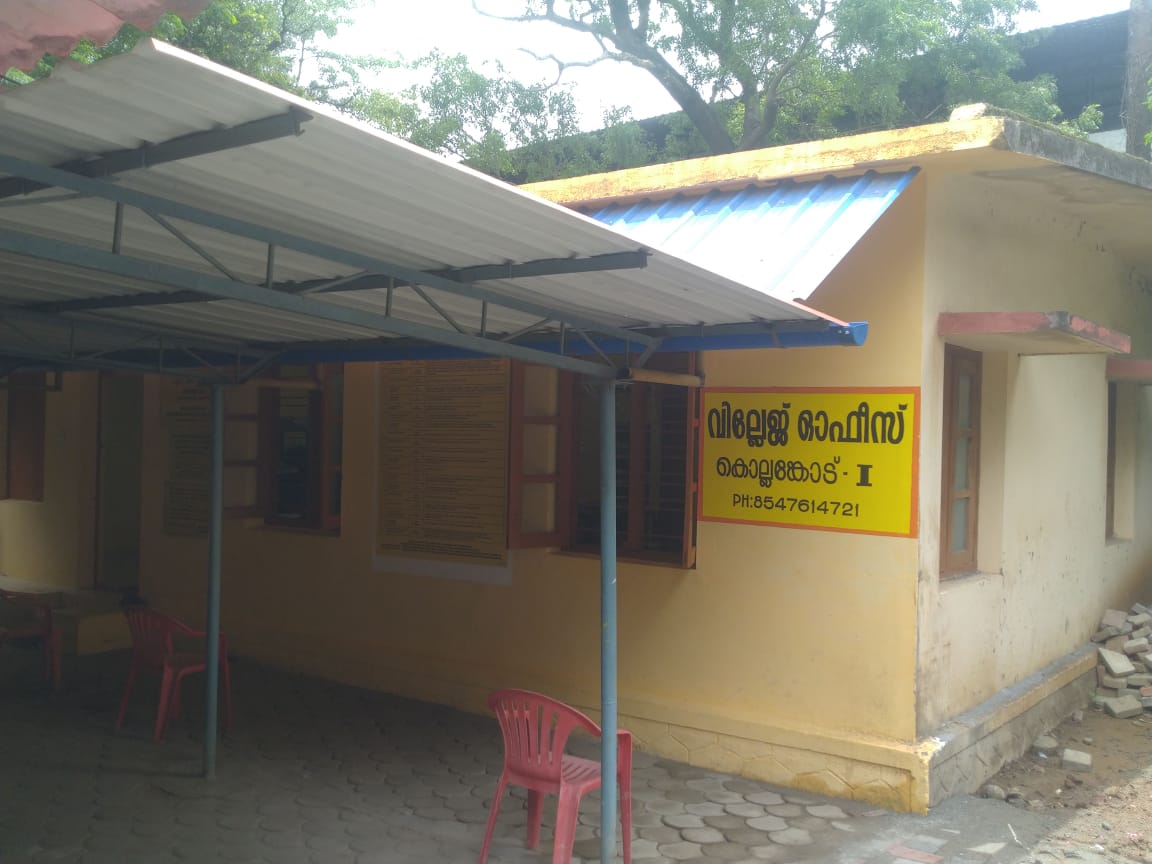
Goverment of Kerala
Revenue Department
Kollengode 1
Village Office
Official Web Portal

Goverment of Kerala
Official Web Portal

The centre point of attraction is the Pulikkottu Ayyappan Kavu where during Mandala Masam many devotees from in and around Kollengode came for wearing the sacred 'Rudraksha/ Tulasi Maala' for Sabrarimala Darshan. The major yearly festival of Ayyappan Kavu is 'Aarattu' (usually falls in the month of January) which was taken care for a long time by Vengunadu Kovilakom but is now conducted by Kollengode Mechants Welfare Association. 'Aarattu' in other words can be described as the festival marking the end of all the other Desa Vilakkus in Kollengode Desam. The prominent vilakkus celebrated in Kollengode prior to Arattu festival are; Oottara Ayyappan Vilakku, Iranji Mandam Desa Vilakku, Pulimannam Desa Vilakku, Puzhakkalthara Desa Vilakku, Minor Vilakku, Electricity Board Vilakku etc. A travel to Kollengode preferably in the last week of December is a nice time to enjoy all of these Vilakkus as each one of them falls either immediately after one or within a gap of max. one day with vibrant functions like Panchavadhyam, Seeveli, Elephant procession through the busy thoroughfare from the respective Desam to Ayyappan Kavu and back.

Kollengode 1 village is located in Chittur Taluk of Palakkad district in Kerala, India. It is situated 14 km away from Taluk headquarter Chittur and 26 km away from district headquarter Palakkad The total geographical area of village is 1555 hectares. Kollengode 1 has a total population of 18258 peoples (As per census 2011 ) .
Kollengode is a major centre and one can find the tamil & kerala culture mingled over here. The nearest town is Palakkad 26 kms, which is also the District Headquarters and the nearest airport is Coimbatore around 70 kms. The local meter gauge railway station situated in Oottara is around 2 kms away from Kollengode and connects well to Palakkad in the North and Pollachi, Palani, Madurai & Rameswaram in the East. The importance of natural scenary one can enjoy in Kollengode is of the high range mountains situated in the backyards of the town within a radius of 6 kms and the famous Palakappandi irrigation scheme, the foundation stone for which was laid back in 2005. At times in winter, one can see the natural waterfalls with naked eyes.